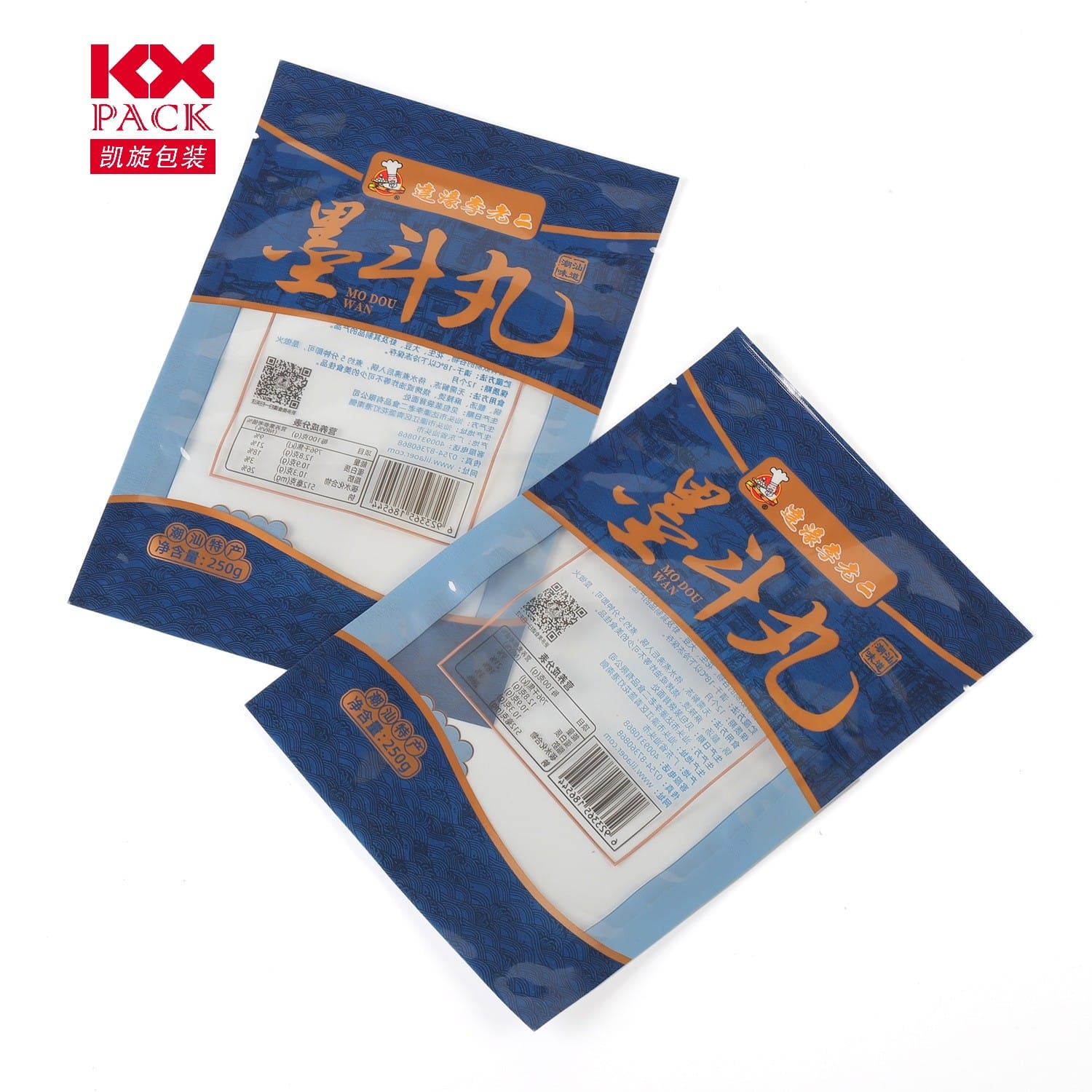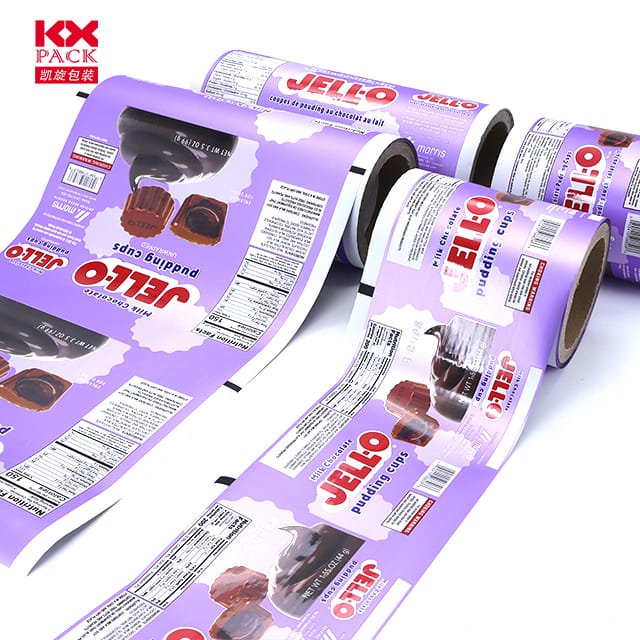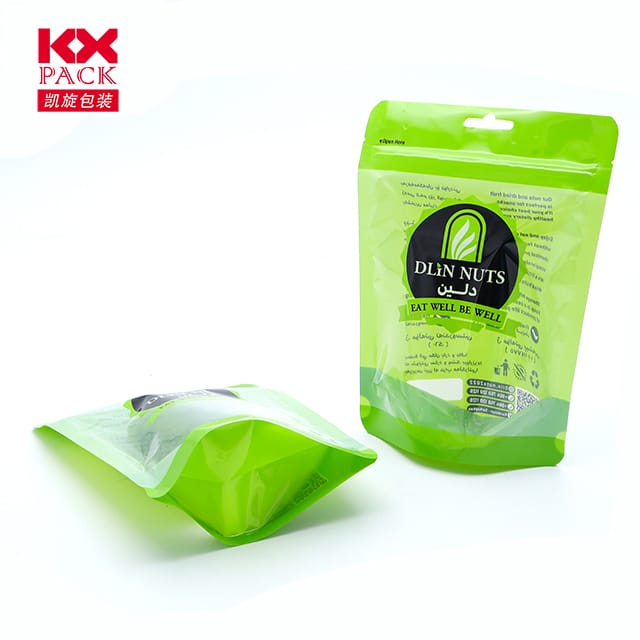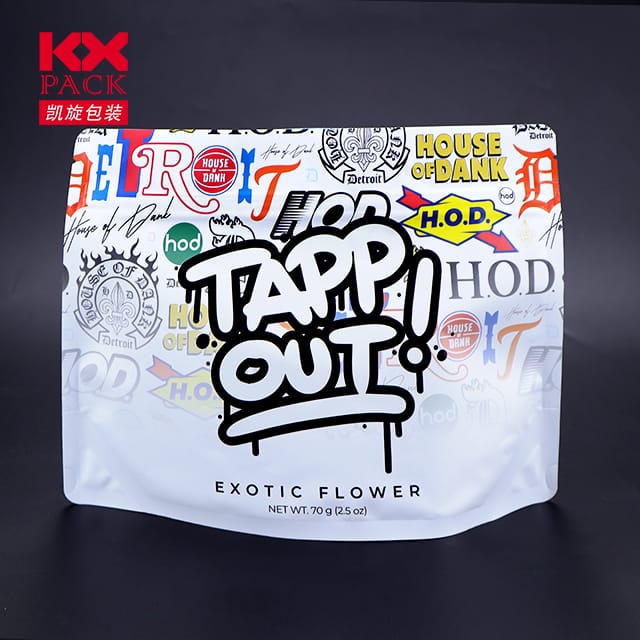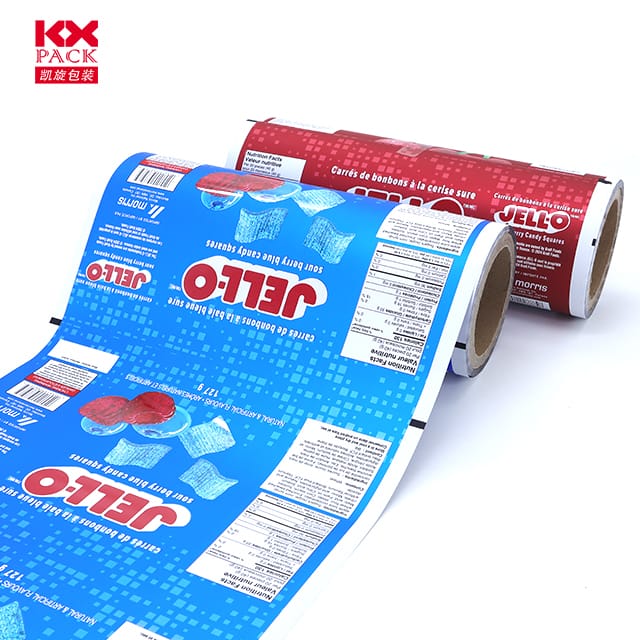Food Wrapping Plastic Film: Погодност вс. Sustainability—What You Need to Know(7)
Wrapping Plastic Film
From wrapping leftovers to preserving freshness, food wrapping plastic film (commonly known as cling film, пластични омот, или Саран Врап) is a kitchen staple worldwide. Its stretchy, transparent, and airtight properties make it a go-to solution for reducing food waste and keeping meals fresh. Али као што је забринутост за заштиту животне средине расте, many are questioning: Is this convenience worth the cost to the planet? Let’s explore the pros, cons, and eco-friendly alternatives.
The Benefits of Plastic Food Wrap
- Food Preservation
Wrapping Plastic Film creates a barrier against oxygen, влаге, and contaminants, extending the shelf life of perishables like fruits, vegetables, and meats. This helps households cut down on food waste—a critical issue given that roughly one-third of all food produced globally is lost or wasted. - Свестраност
It molds to any shape, whether you’re covering a bowl, wrapping a sandwich, or storing half an avocado. Its transparency also lets you see what’s inside without unwrapping. - Hygiene and Safety
When used correctly, Wrapping Plastic Film prevents cross-contamination between foods and keeps surfaces clean. - Affordability
Compared to reusable alternatives, single-use plastic wrap is often cheaper upfront, making it accessible for budget-conscious households.
The Environmental Downside
Despite its perks, traditional plastic food wrap poses significant challenges:
- Није биоразградиво: Most Wrapping Plastic Film are made from polyethylene (ПЕ), a material that takes hundreds of years разлагати се.
- Микропластично загађење: When broken down, tiny plastic particles enter soil, водени путеви, and even our food chain.(Wrapping Plastic Film)
- Recycling Challenges: Many curbside recycling programs don’t accept plastic wrap due to contamination risks. Even “recyclable” films often end up in landfills.
- Resource Intensive: Producing plastic film relies on fossil fuels, contributing to carbon emissions.(Wrapping Plastic Film)
Eco-Friendly Alternatives to Plastic Food Wrap
Добре вести? Sustainable options are growing in popularity and effectiveness:
- Облози од пчелињег воска
Made from cotton coated in beeswax, уље јојобе, и смола дрвета, these reusable wraps are pliable, breathable, and compostable after months of use. - Силиконске навлаке за храну
Durable and airtight, silicone lids stretch over bowls or containers and can withstand high temperatures (great for reheating!). - Пресвлаке од тканине за вишекратну употребу
Cotton or linen wraps with waterproof linings offer a washable, plastic-free solution for covering dishes.(Wrapping Plastic Film) - Контејнери од стакла или нерђајућег челика
Investing in airtight containers eliminates the need for wrap altogether and keeps food fresher longer. - Јестиви филмови
Innovations like seaweed-based wraps or starch-based coatings are biodegradable and even edible (though still niche).
How to Make Smarter Choices
- Смањите употребу: Only use plastic wrap when absolutely necessary (Нпр., for raw meat). Opt for reusable options first.
- Check Labels: Look for “biodegradable” or “compostable” films made from plant-based materials like PLA (Полилактичка киселина).
- Recycle Properly: If using plastic wrap, clean it thoroughly and check local guidelines for drop-off locations (some grocery stores accept it).
- Advocate for Change: Support brands prioritizing sustainable packaging and policies that reduce single-use plastics.
The Bottom Line
While plastic food wrap offers undeniable convenience, its environmental impact is hard to ignore. By embracing reusable alternatives and reducing reliance on single-use plastics, we can protect our planet without sacrificing freshness. Small swaps in the kitchen add up to big changes for the Earth.
What’s your go-to method for keeping food fresh? Share your tips or favorite eco-friendly hacks in the comments below!
Кључне речи: food wrapping plastic film, sustainable food storage, plastic wrap alternatives, eco-friendly kitchen, Смањивање прехрамбеног отпада.

